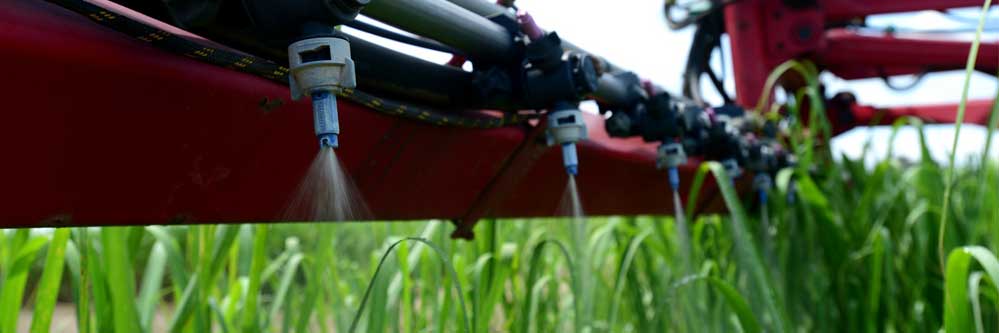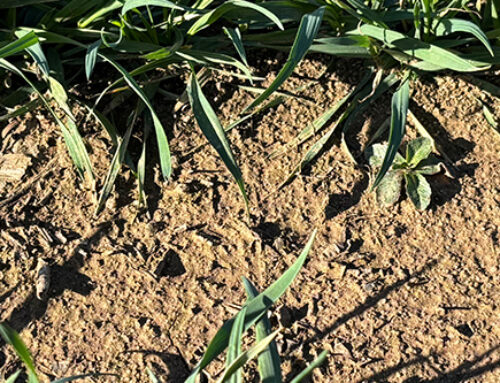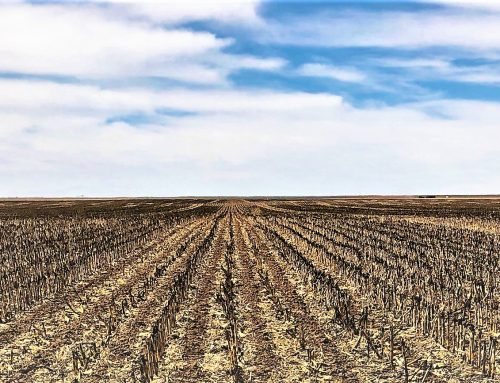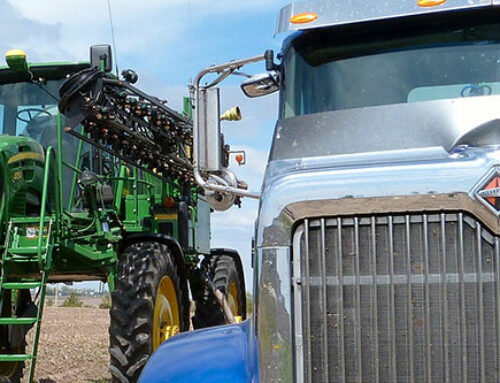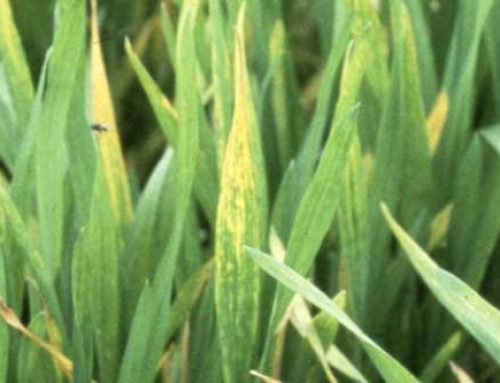Managing and controlling herbicide resistant weeds has become a huge issue across the United States for over a decade. Each year we see new states and additional weeds added to the list with confirmed resistance. Producers are being forced to move away from low cost glyphosate-based herbicide programs in search of newer herbicide technology that is more effective on resistant weed species. Even some older soybean herbicides that were prevalent prior to the onset of glyphosate tolerant crops are making a comeback. But one common denominator over the years is that spray coverage is still vital in making any herbicide work.
Producers are finding themselves facing expensive overall herbicide programs in order to obtain desired weed control. But the one free thing put into the spray tank can still make all the difference between success and failure of a herbicide . . . the water. It is always a concern to see a good quality herbicide in conjunction with good surfactants and additives being applied at application rates that barely meet labeled minimums. Spray coverage on hard to control weeds, especially resistant species, is a major key to success. This is a concern, whether we are applying a pre-emerge product or a post-emerge contact herbicide. Adding an additional two to five gallons of water per acre on hard to control or environmentally stressed weeds can make a huge difference in the overall control.
With producers spending significantly more dollars per acre in being proactive against weed resistance, does it make sense that too often we see the least expensive (i.e. free) component going into the spray tank, to be the one that is skimped on the most. The old adage – if a little is good, a lot is better – may not be too far off when we think about application rates and coverage issues. Poor or partial weed control is an issue for the entire growing season as well as a yield reducer. Don’t let skimping on the free stuff hinder weed control or yield potential. Apply the water or carrier necessary to assure the highest weed control results possible, and at the same time reduce overall weed resistance issues on your operation.
Written by: Chris McInteer
Featured image by: Stephen Kirkpatrick, NRCSLA12127.tif, USDA.gov
